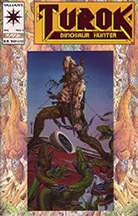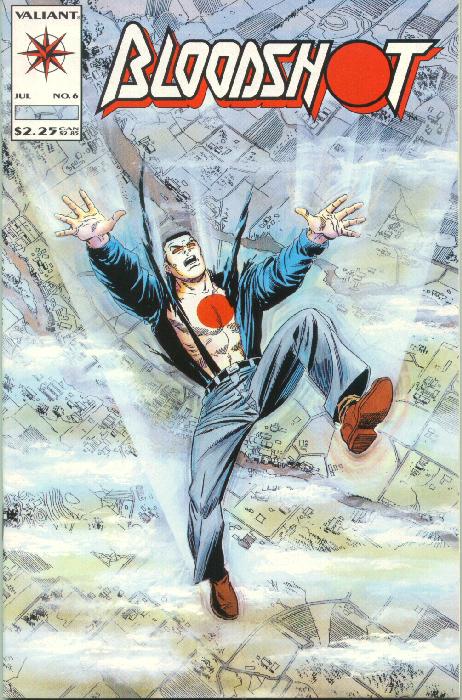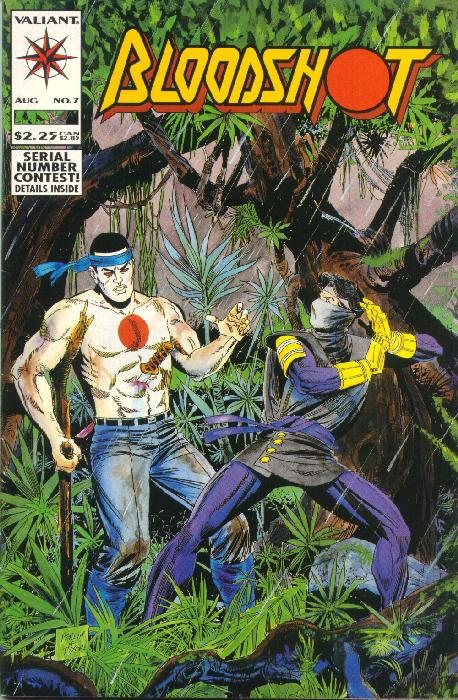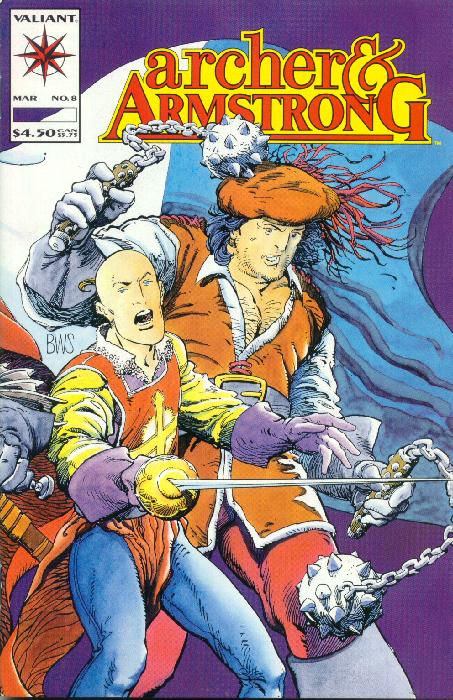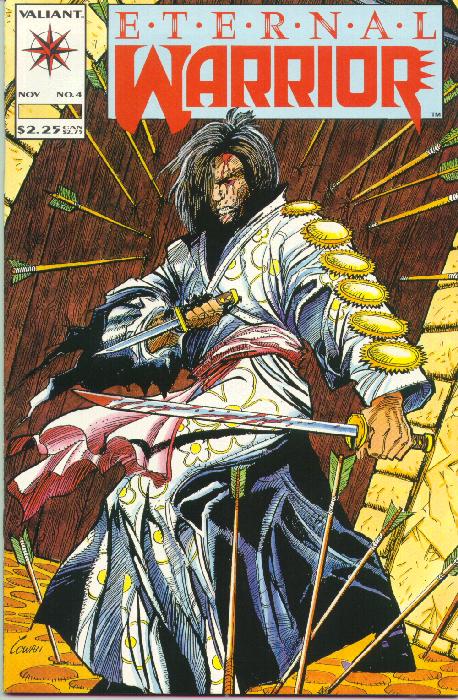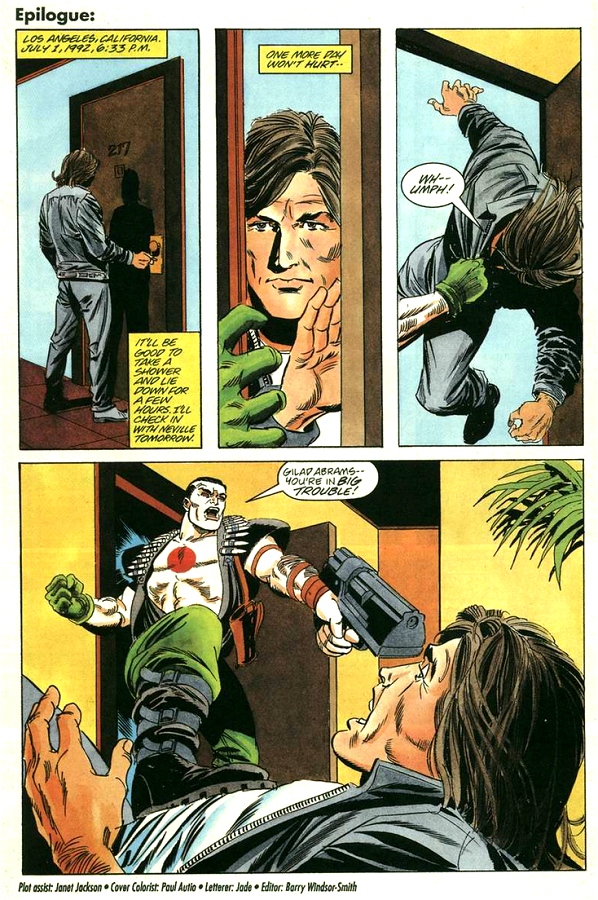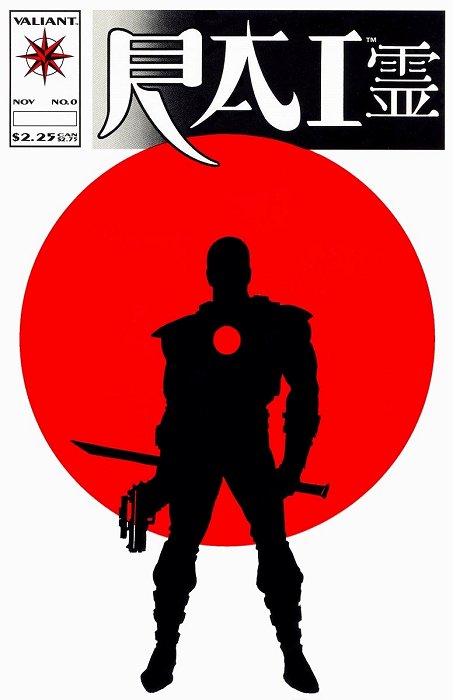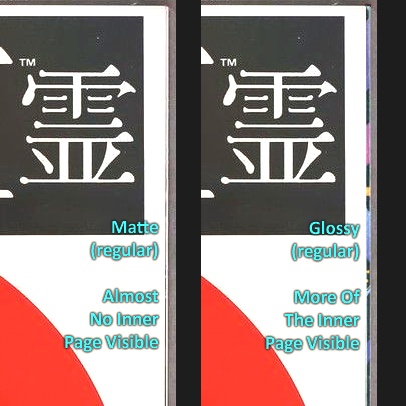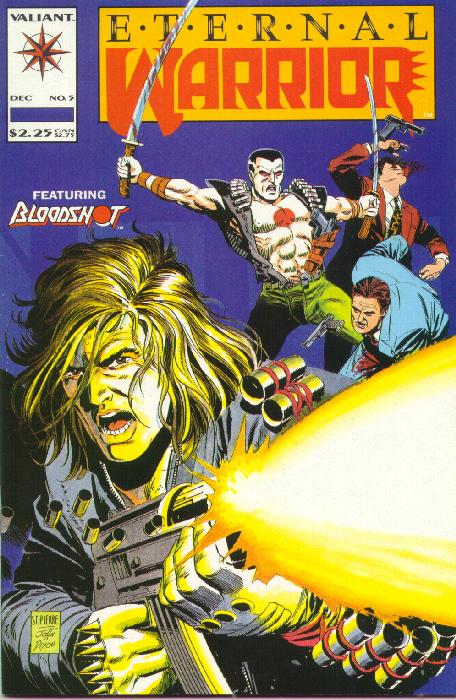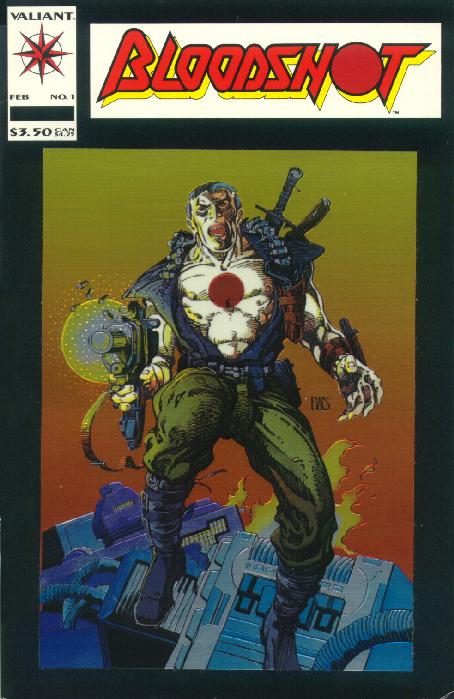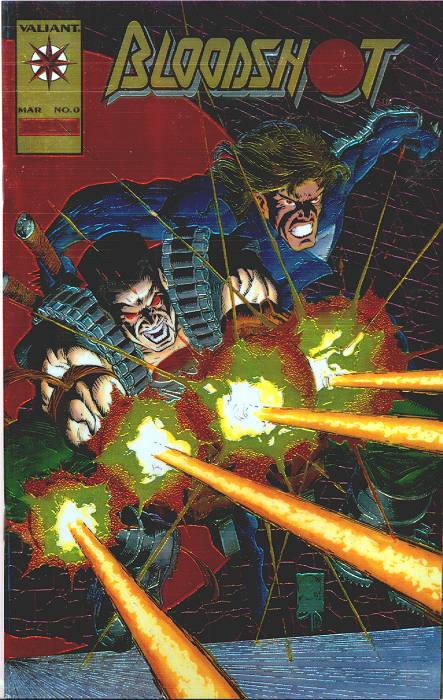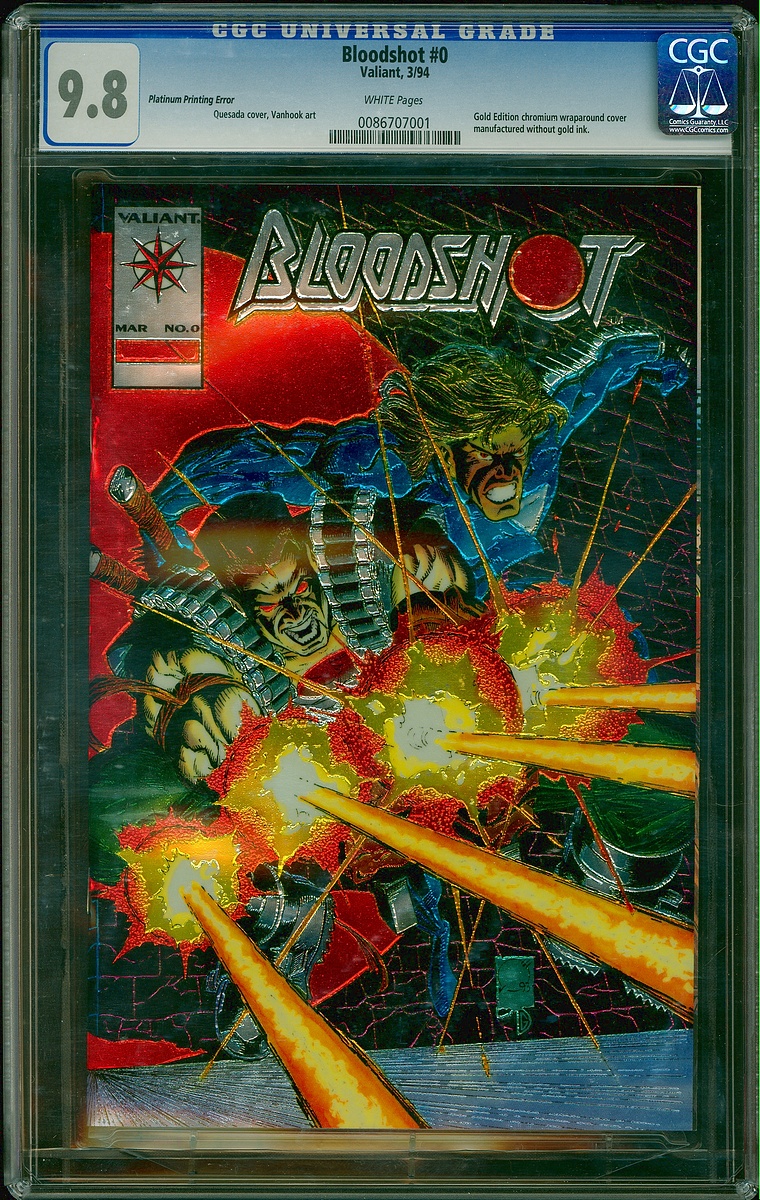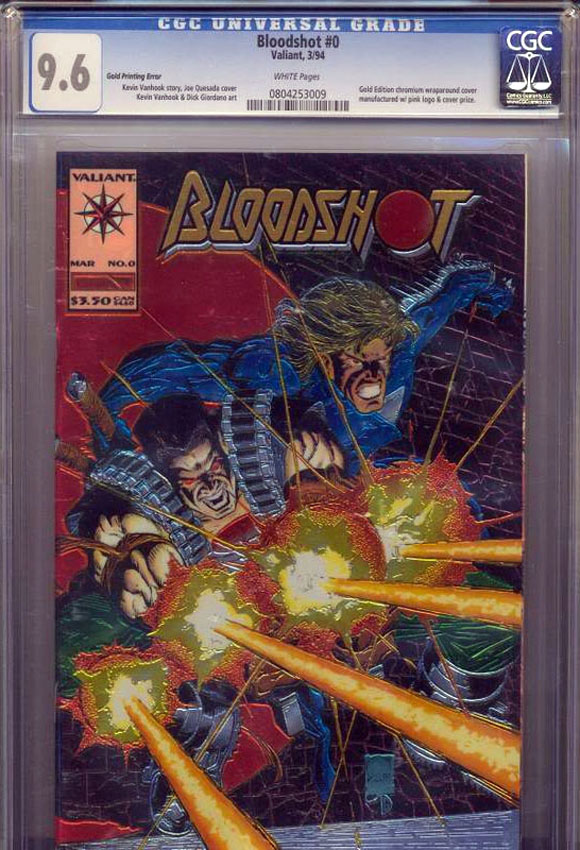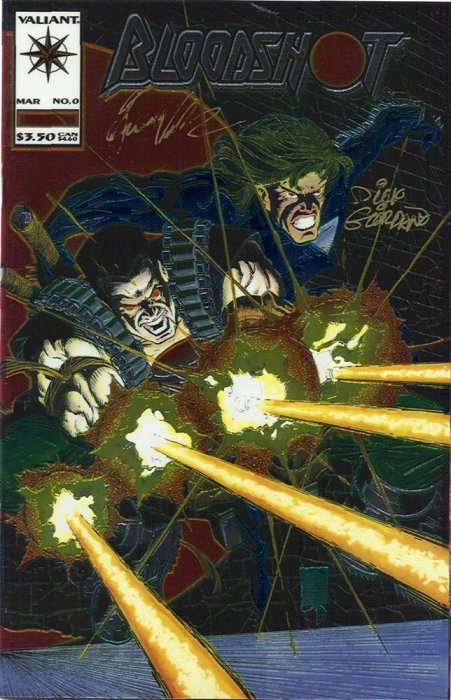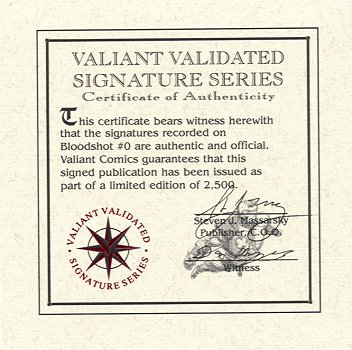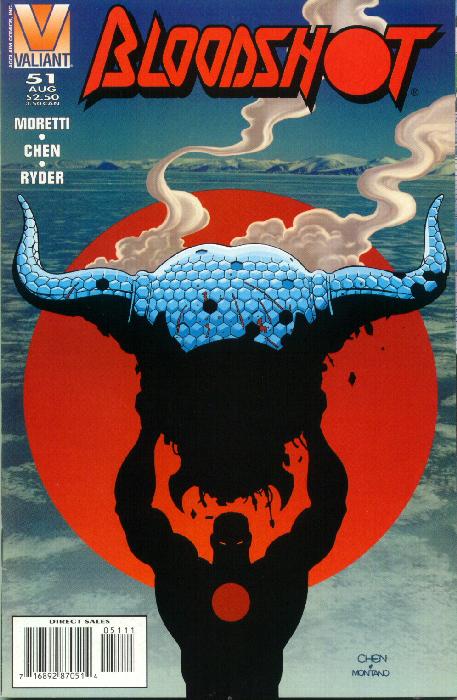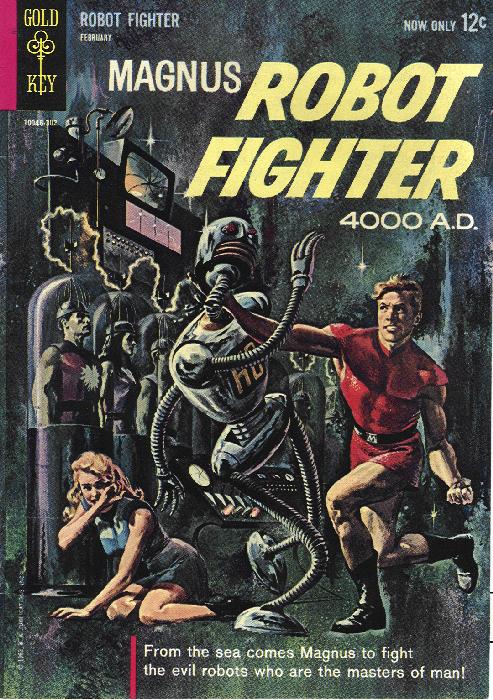According to the research at Comichron.com, 1993 was the biggest year for the comic book industry in history. As a result, comic books from publishers in 1993 are still among the most common to be found in collections, comic shops, and comic convention boxes even 25+ years later.
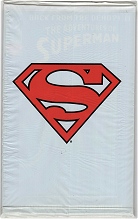
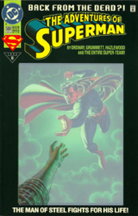
The highest selling books of 1993 were the “Return of the Supermen” books from DC and then Turok #1 from Valiant as the 6th highest for the year. The Adventures of Superman #500 “white bag” Collector’s Edition was the highest selling book of 1993. It is believed that nearly 4,000,000 copies of this book were printed. More than 2,000,000 copies each are estimated for Adventures of Superman #501, Action Comics #687, Superman #78, and Superman: Man of Steel #22.
Although the Superman books were the most ordered for 1993, many who reflect on the industry crash point to Turok #1 as a turning point for the industry.
It is believed that 1,750,000 copies of Turok #1 were printed. The number of actual Turok fans was significantly lower than the number of Turok speculators hoping that Turok #1 would follow the increases in prices seen for many of the hard to find Pre-Unity Valiant issues from 1991-92. Instead, Turok #1 remained available and was discounted at most comic shops soon after its release. The Deathmate crossover of 1993 was produced by Valiant and Image, and it also contributed to the number of unsold copies of books.
Grouping the Valiant comics 1991-1996 in three-month intervals and averaging the estimated print runs across all titles, it’s easy to see the rise and fall of Valiant in the industry with 1993 at the peak.
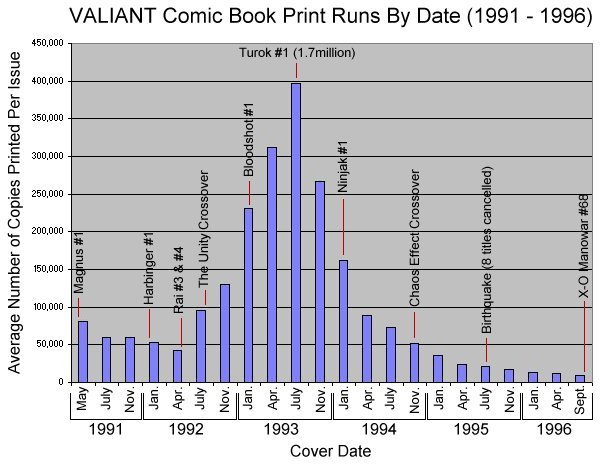
There are around 80,000,000 Valiant comic books in print from 1991-1996,
over 800 different Valiant comic books. More than half have 1993 dates.
2,750,000 copies (54 books) are Pre-Unity books from 1991 to mid-1992 – 3%
2,550,000 copies (23 books, 18 regular, 5 variants) are Unity books from mid-1992 – 3%
3,000,000 copies (30 books) are post-Unity books from late-1992 – 3.5%
41,100,000 copies (176 books) are from 1993 – 51%
21,900,000 copies (231 books) are from 1994 – 27%
9,250,000 copies (234 books) are from 1995 – 11.5%
1,000,000 copies (60 books) are from 1996 – 1%
Very few Valiant collectors stuck with the books through the end of the series. Looking back 20+ years later, Valiant collectors tend to focus on the early issues with some interest in the final issues due to low numbers printed. Of course, with only 800 different issues for the Valiant Universe 1991-1996, there are collectors who want them all. Here’s a checklist compiled back in 2008 for the ValiantFans.com website.
Valiant Comics from 1993 were the highest numbers printed, and are usually among the easiest Valiant Comics to locate for collecting, however, Gold Editions for Valiant Comics in 1993 were limited to 5,000 copies each with no cover price, gold enhancements to the title, and a gold Valiant box on the top left. 1993 Gold Editions include Turok #1 Gold, Magnus #21 Gold, Rai #9 Gold, Second Life of Dr. Mirage #1 Gold, and X-O Manowar #0 Gold.
As far as important issues go, the Valiant Universe was introduced to Ninjak in 1993, with his first appearances in Bloodshot #6 and Bloodshot #7.
These two books introducing Ninjak should be comparable in value to the first appearances of other Valiant title characters, however, the high number of copies produced has kept the values modest relative to other (earlier) Valiant first appearance comics.
Similar to the Bloodshot #6 and #7 introduction of Ninjak, the first appearance of Ivar the Timewalker occurred in Archer & Armstrong #8 and Eternal Warrior #8. Those two books are actually just one book, which can be flipped to show each cover. Collectors often purchased two copies of the (same) book, so that they could keep one with their Archer & Armstrong collection, and file another with their Eternal Warrior comics.
The takeaway from this post is new collectors of Valiant Comics might consider 1993 to be early Valiant issues, being so close to 1991-1992 Pre-Unity Valiant, but 1993 books are actually the most common issues found in any collection of 1990s comics. Collections from the 1990s often have a vast majority of their books from 1993, including collections of 1990s Marvel, DC, and Image. As a result, collectors should look at all their options for purchasing the most common issues efficiently, otherwise those who overpay for 1993 issues today could face the same disappointment as those who overpaid for 1993 issues in 1993.

